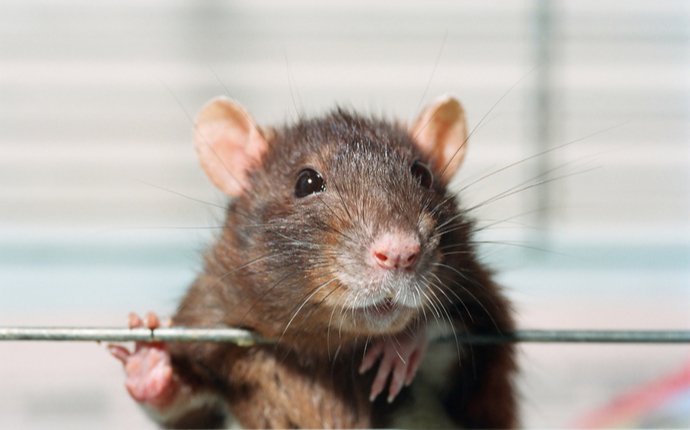There are over 60 species of rats around the world, but only a few live for more than three years. Of those rat species, two are commonly found making nests in Maryland homes.
You might not see rats in your home directly, but they leave unwanted debris like droppings, urine, and nesting materials. They gnaw on walls and baseboards and leave grease smears on floors and countertops.
They could spend their entire life on your property. If you leave your rat infestation untreated, the bacteria-laden pests can spread diseases and destroy areas of your home.
Common Rats in Maryland
The two most common rats in Maryland are Norway rats and roof rats.
Norway Rats
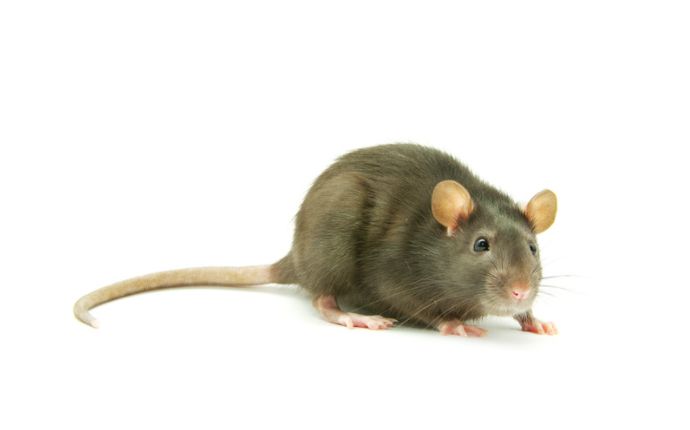
Norway rats can grow to reach about 15 inches, with tails that make up about 8 inches of that length. They are usually brown or gray with shaggy fur and bald ears. They hide during the day, and they set up their nests close to water sources.
They came to the United States in the 1770s on ships from Great Britain. The rats are also known as brown rats or Norwegian rats.
These prolific rats breed all year and can have babies when they are only two months old. Norway rats can have up to 12 litters annually, with up to 22 babies per litter. Most adult rats only survive in the wild for about a year.
Roof Rats
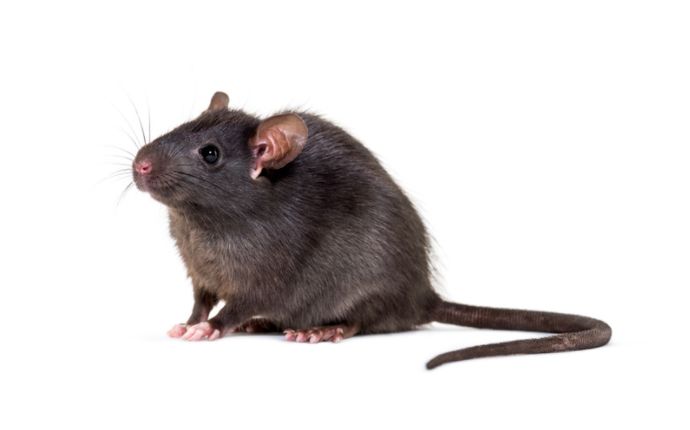
Roof rats are about as long as Norway rats, but their tails contribute more to their length. They can be black or brown and have pointed noses. Their fur is smooth, and their tails are scaly.
Roof rats hoard food, which is how they earned the nicknames fruit rat and citrus rat. They prefer to live in high places like attics, trees, and rafters.
They can begin having babies at two months of age. They have up to six litters a year, each with six to eight babies. Roof rats usually live about one year in the wild.
What You Should Know About Rats
When it comes to pests, knowledge is power. The more you know about rodents, the easier it is to avoid having them move into your home.
What Attracts Rats?
Like other pests, rats want food, water, and warmth. They also want nesting materials.
Rats will move into your home if they can find access to food in your pantry, garbage cans, or garden. If you make it easy for rats to get to open containers and scraps, they will get into your home.
Homes with leaky pipes and fixtures attract all types of pests, including rats. If you have leaking gutters, they can move into your basement or landscaping, where the water lands and pools.
When the weather gets cold, rats will look for cozy places to establish their nests. Human homes are warmer than nesting spots that are outside in the wild.
To establish their nests, rats will gnaw on items found in basements and garages. These items include cardboard, newspapers, grass clippings, insulation, rotted wood, and vegetation.
What Do Rats Eat?
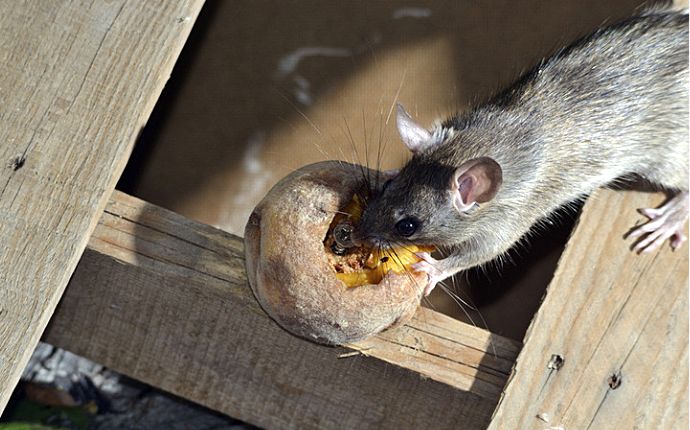
Rats are omnivorous creatures that eat anything they can find, including human food. Interestingly, rats eat or contaminate about 20% of the world’s food every year. In the wild, they eat seeds, plants, and fruit. Rats that live in cities eat garbage and meat.
These pests eat seed that falls from bird feeders. They will also pet food, especially if bowls are left outside. Rats will gnaw on crumbs, leftovers, and carcasses.
How Do Rats Enter Homes?
Rats are long, but they are thin and can squeeze into small spaces. The sneaky and opportunistic rats find holes and gaps in foundations, walls, and entryways. They will come into homes through attic and roof openings, too.
The holes only need to be about an inch in diameter. Roof rats climb on electrical lines or trees, then enter homes through openings on roofs. They get in through damaged vent covers, gaps in shingles, and chewing through wood.
Norway rats prefer to dig and burrow. They can get into homes after they’ve burrowed into landscaping in uncut grass and thick weeds. They enter homes through gaps under doors, holes for utilities and pipes, cracks in foundation walls, and through damaged vents.
Problems Linked to Rats
Rats have spread diseases for as long as humans have been recording history. One of the most significant problems linked to rats was the bubonic plague that devastated Europe in the 14th century.
Health Risks
Along with the bubonic plague, rats are associated with other diseases. Leptospirosis, Lyme disease, hantavirus, and rat-bite fever are just a few. Rat droppings, fur, and dander can trigger allergies and asthma attacks. Many diseases associated with rats involve vomiting, fever, muscle pain, and headaches.
Electrical Fire Hazards
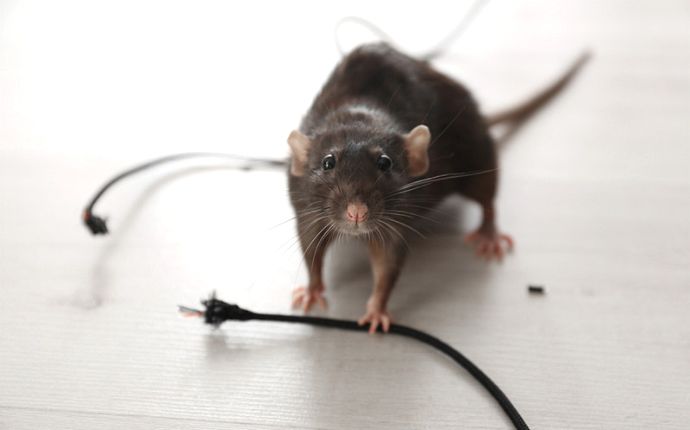
Because rats have teeth that never stop growing, they chew and gnaw constantly. They can cause a great deal of trouble if they get to your electrical system. When they chew on live electric wires, the result can be dangerous fires from sparks igniting the rats, insulation, or other building materials.
Contamination
Rats contaminate areas of the home where they build their nests. If they crawl on countertops and floors, they can spread bacteria and other diseases. Rats can also make pets sick by contaminating their food.
How Long Do Rats Live?
Most rats do not live longer than three years. Only about 5% of rats around the world live that long. Researchers in the UK found that most rats live an average of 1.8 years.
While Norway rats and roof rats only live about one year in the wild, they can begin having babies at only two months old. If female rats live longer than one year, they reach menopause between 15 and 20 months. They have several litters of up to 12 pups annually while they are fertile.
Norway rats can only live a few days without water or food supply. After four days, most rats die if they’ve become dehydrated.
Roof rats can live a bit longer than Norway rats. Without food or water, they can survive for about two weeks. Most will die within a week, though.
How to Deal With Rats
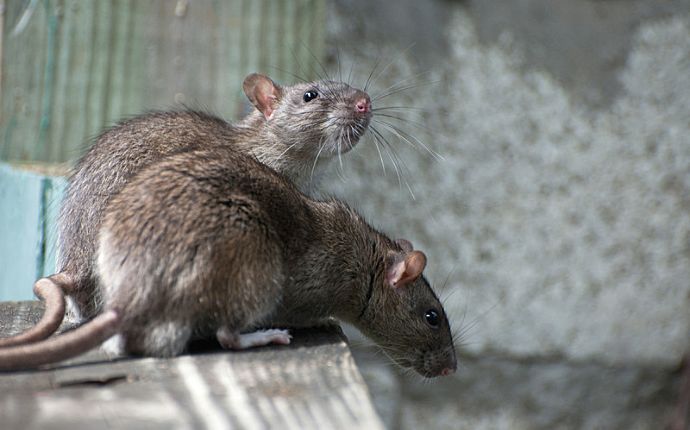
The best way to deal with rats is to avoid giving them a reason to enter your home in the first place. Keep your home clean by removing clutter that gives them a quiet and safe place to build a nest.
All of your leftovers should be closed in air-tight containers and put in the refrigerator. If you have pets, seal their food in air-tight containers, too. To prevent rats from entering, clean up spills and crumbs immediately. You should not leave pet food out overnight and never leave crumbs on the floor.
Another factor in keeping rats out of your home involves maintaining the area around your home. Your exterior garbage cans need tight-fitting lids. You should keep your garbage cans outside, away from entry points like your garage or doors. Do not keep garbage cans in your garage.
Inspect your home’s foundation and entry points near the ground. Rats enter your home through vents, utility and wiring holes, broken screens, and cracks under doors. If you have any problems in these areas, install weather-stripping and seal holes.
Contact Phenom Pest Protection for Rat Removal
Once rats move into your home, they are difficult to remove. If you have an infestation, work with professionals like the experts at Phenom Pest Protection. Our experienced specialists can help you with inspections, exclusion, and extermination procedures. Contact us today for help with pest removal!


